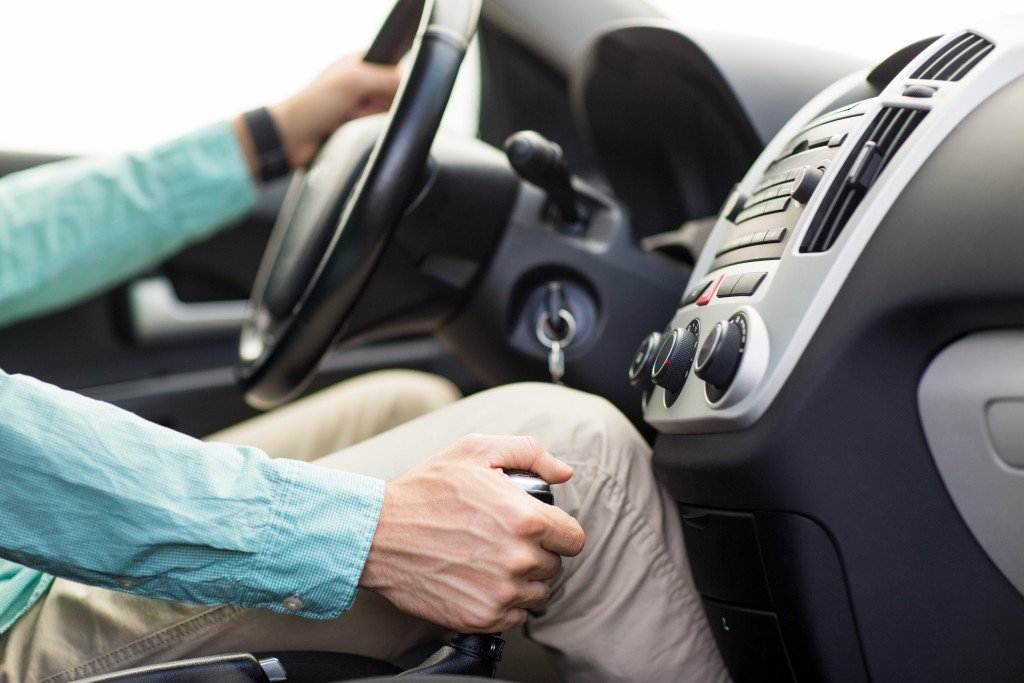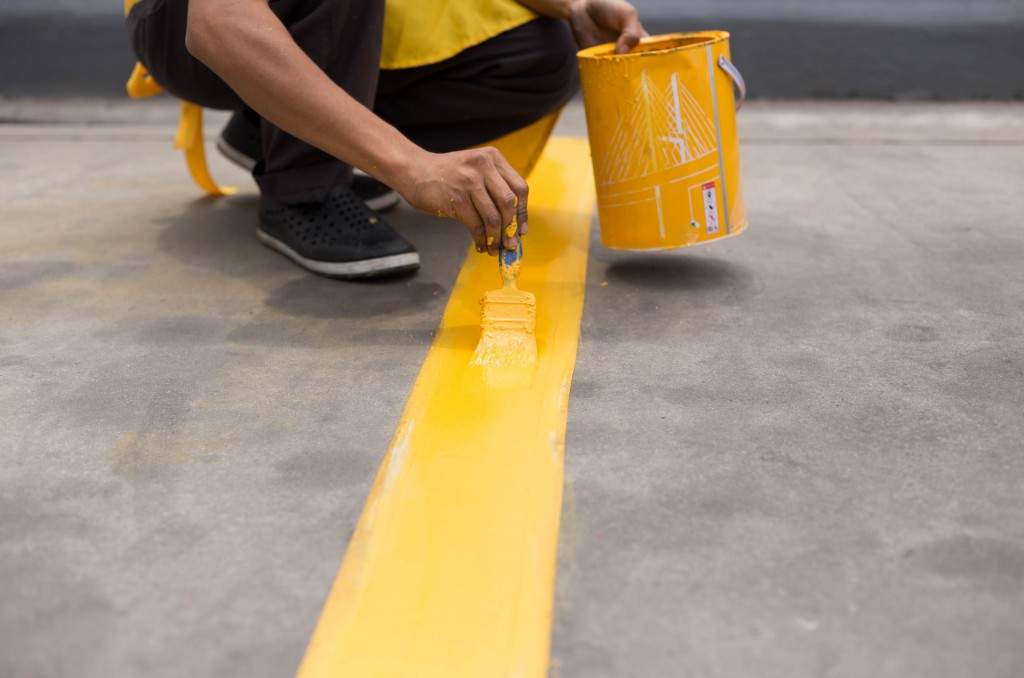If you have ever driven at night, you’ve probably noticed how road markings glow under your headlights. This luminescence is achieved by the paint’s special formula. Typically used for road safety, thermoplastic paint uses glass beads, synthetic resin, and other pigments to get its reflective properties. This material is widely used across the globe to improve road safety, especially at night or during bad weather conditions.
Otherwise known as reflective road marking paint, this material is a type of powder paint that melts under intense heat. Once it cools, it hardens into a strong polymer that has reflective properties. Its durability after it hardens is another reason why it is regularly utilized for road markings. But this doesn’t mean this paint can’t be used somewhere else.
Why Use Thermoplastic Paint?
There are three types of reflectivity, namely specular, diffuse, and retro-reflective. Specular reflectivity is best explained by a mirror’s ability to reflect light back to its source. Diffuse reflectivity, on the other hand, is when light hits white or light-colored surfaces. Although it is reflected back to its source, it is more muted when compare with specular reflectivity.
Retro-reflectivity is what you see in thermoplastic paint. When light hits this material, it is reflected back to its source. Since it is only luminescent with a light source, it does not hinder visibility on roads during the day.
It’s this retro-reflectivity that makes it an effective alternative to other reflective materials. These days, you can see thermoplastic paint used in areas other than roads. Additionally, more manufacturers offer this material in other mediums aside from powder paint which improves its usability.
Where to Use Thermoplastic Paint?
Off-road vehicles
 Although off-road vehicles have lights, they are still at risk of accidents due to low visibility. Since off-road trails rarely have artificial lighting, other motorists will likely only see them when it’s too late. Painting a stripe of thermoplastic paint on the back of these types of vehicles improves their visibility at night and during bad weather.
Although off-road vehicles have lights, they are still at risk of accidents due to low visibility. Since off-road trails rarely have artificial lighting, other motorists will likely only see them when it’s too late. Painting a stripe of thermoplastic paint on the back of these types of vehicles improves their visibility at night and during bad weather.
Non-motorized Vehicles
Non-motorized vehicles, like bicycles and scooters, can also benefit from thermoplastic paint. Unlike motorized vehicles, these typically don’t have any lights to improve their visibility. Painting certain parts of these non-motorized vehicles with retro-reflective paint makes it easier to see them in low visibility areas.
Boats
Much like off-road vehicles, boats are at risk of accidents due to low visibility. Aside from painting lines throughout the boat’s body, consider using thermoplastic paint on lines, buoys, ladders, and other equipment that will need better visibility in the dark.
Toys
It might seem unusual, but toys can also benefit from thermoplastic paint. Motorized toys, such as cars and planes, are prone to be misplaced when they’re used at night. They can also get lost if you accidentally drive them into dark crevices. A stripe of thermoplastic paint will make it easier to find them.
Thermoplastic paint is a highly useful and versatile material. Finding out more about its retro-reflective properties will help you discover where else to use it.
